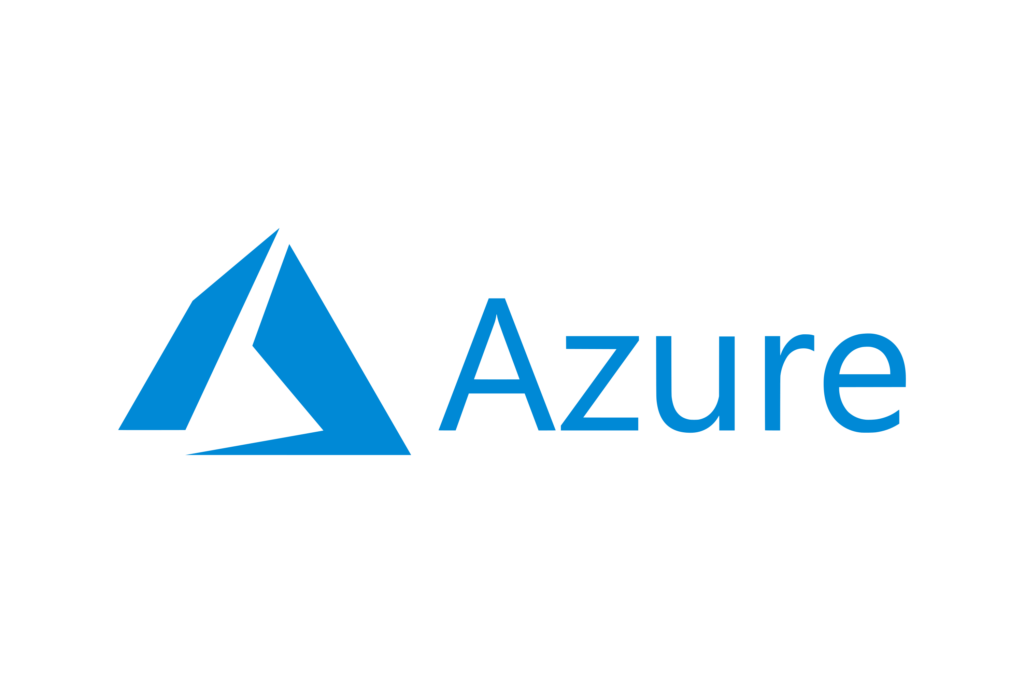
To gain a better understanding of High Performance Computing (HPC), it is essential to differentiate between supercomputing and HPC, as these terms are often used interchangeably. Supercomputing typically refers to the process of performing complex and large calculations using supercomputers. On the other hands, HPC involves utilizing multiple interconnected supercomputers or clusters to achieve the same objective, leveraging distributed processing and parallel computing capabilities. Constructing and maintaining HPC architecture can be intricate and costly, especially to attain a TOP500 performance-level. However, cloud computing offers a more cost-effective approach, particularly in enabling AI, machine learning, and deep learning applications. This brief introduction will focus on the two primary types of HPC workloads: loosely coupled and tightly coupled.
Loosely Coupled vs Tightly Coupled Workloads
Loosely Coupled Workloads
Loosely coupled workloads are highly suitable for cloud environments. This approach is particularly effective when dealing with a large number of smaller jobs, since these workloads do not require virtual machines (VMs) to be interconnected, as there is minimal to no communication between them. As a result, they can be located in different regions, data centers, or even in distant physical locations. The primary advantage of loosely coupled workloads lies in their scalability. They can scale by utilizing additional cores or computers. In a loosely coupled architecture, the nodes processing the jobs can operate independently, minimizing crosstalk and reducing concerns regarding latency. Typically, these jobs involve tasks such as parameter sweeps, job splitting, or the search and comparison of large datasets. Examples of scenarios where loosely coupled workloads are commonly use are running risk analysis, Monte Carlo simulations and image/video rendering.
Tightly Coupled Workloads
One big difference between loosely coupled and tightly coupled workloads are that tightly coupled workloads need constant communication between nodes. This demand for constant communication between nodes requires the use of fast, low-latency, and high-throughput interconnects within the tightly coupled architecture. On top of that, the networks supporting the workloads usually are separate from the front-end network that provides communication to and from the nodes, such as internet connectivity. This makes tightly coupled workloads require specialized and fine-tuned hardware, compared to their loosely coupled counterpart, which Azure addresses by providing accelerated networking and InfiniBand-enabled hardware. This offers a significant advantage for running HPC workloads in Azure as it reduces the gap between current on-premises infrastructure capabilities. As these performance gaps continue to narrow, tightly coupled workloads, such as those use for computational chemistry and climate modeling, can be efficiently run in the cloud.
Conclusion
Overall, HPC offers immense potential for advanced computing, and understanding the nuances between workloads and infrastructure helps in leveraging its power for various scientific and computational tasks. Cloud-based solutions also democratizes access to HPC, offering scalability and accessibility without the need for extensive upfront investments. This opens up new possibilities for simulating complex phenomena, driving advancements in machine learning and artificial intelligence, and facilitating collaboration within research communities. As more organizations recognize the transformative potential of HPC and leverage cloud computing for deployment, the future promises groundbreaking discoveries and transformative advancements across various fields.
